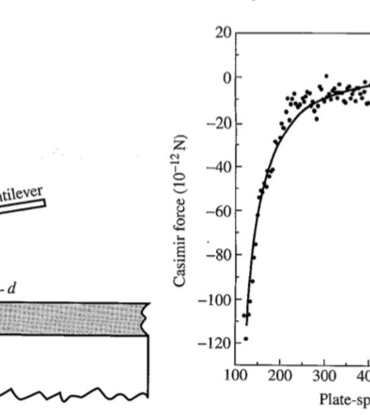A global cross-disciplinary team of scientists has developed the first comprehensive classification of the world’s ecosystems across land, rivers, wetlands, and seas. The ecosystem typology will enable more coordinated and effective biodiversity conservation, critical for human well-being.
Distinguished Professor Emerita Janet Franklin became involved in this international effort through her scientific advisory role as a member of the Committee for Scientific Standards for the Red List of Ecosystems (RLE) since 2014 – the RLE is a program of the highly respected International Union for the Conservation of Nature, which comprises about 1,400 member organizations, including countries.
“The RLE is a novel approach to conservation that builds on the same concepts as IUCN’s internationally recognized Red List of Species. If ecosystems collapse, they cannot support the biodiversity that is their foundation. But if you are going to assess ecosystems for risk of collapse as a result of human activities, you have to define them,” Franklin said
The extensive collaboration, led by University of New South Wales, Sydney researchers, included the IUCN, the PLuS Alliance — Arizona State University, Kings College London and UNSW Sydney; and more than 100 specialist ecosystem scientists around the world.
“This global classification of ecosystems — not just rainforest and savanna, but everywhere life is from deep oceans to deep in caves — was a moon shot for conservation ecology. Classifying the natural world is a bit of a 19th century activity (think Darwin) but at the same time, we needed something like the species concept, where species are recognized targets of conservation in spite of scientific debate about what delimits a species,” Franklin said. “We applied modern ideas of defining ecosystems based on how they function, not just what species are found in them.”
Published in Nature, the team’s work explores the science that underpins the classifications, as well as how they can help achieve objectives in global policy to be enacted by individual countries.
(San Diego State University’s Leslie L.J. Reilly contributed to this report.)





